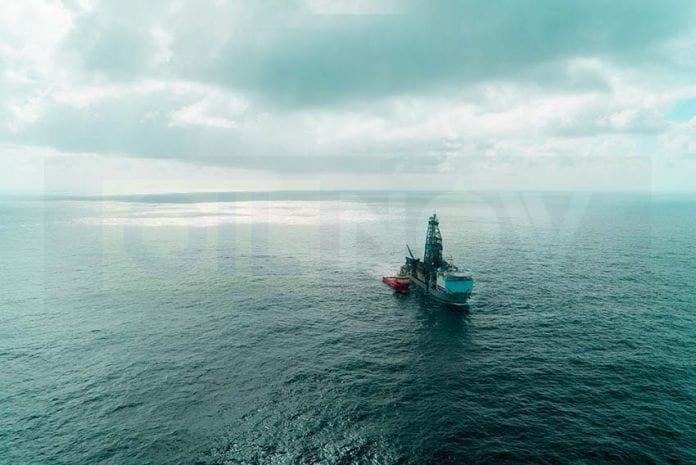Global provider of data and analytics, Wood Mackenzie, said host governments, such as those in Guyana, Namibia, and Angola, have structured their petroleum fiscal regimes to strike the right balance between incentivizing investment and reflecting the risks faced by explorers. According to the UK-based firm, exploration remains critical for addressing the global shortage of advantaged barrels—resources that are low-cost and lower in emissions intensity.
“Host governments have much to gain from vibrant exploration sectors working in their basins. They play a crucial role in providing a conducive environment that reflects explorers’ risks,” the energy analytics company said.
WoodMac posited that governments like Guyana have succeeded by avoiding slow permitting processes and unnecessary regulations, which can extend project timescales and erode value.
WoodMac said in a November post that exploration has a significant role to play in decarbonizing the oil and gas industry. It noted that new fields are inherently cleaner due to modern decarbonization technologies and higher facilities throughput, making retrofitting older fields comparatively expensive and less effective. It said fields beginning production between 2025 and 2030 are expected to have an average scope 1 and 2 emissions intensity of 17 kilograms of carbon dioxide equivalent per barrel of oil equivalent (kgCO2e/boe), significantly lower than the 28 kgCO2e/boe. This advantage, it noted, should contribute to a reduction in global scope 1 and 2 emissions by around 100 million tons per year by 2030 if these new fields displace older supply options.
WoodMac also noted that deep water exploration is especially attractive, given its high recovery per well and lower emissions intensity. It stated that frontier plays, often in deep water, accounted for over 40% of discovered resources in the past decade and provided significantly higher returns per well compared to mature plays.
“Huge exploration opportunities still exist. First, recent trends bode well for further success. New plays and big discoveries keep on coming. Second, companies have been expanding their acreage footprints in proven and frontier locations alike. They clearly see huge yet-to-find potential,” WoodMac said.
Despite the image challenges facing exploration, WoodMac argued that its environmental benefits and economic value should not be underestimated. It stated that the fiscal terms in countries like Guyana, Namibia, and Angola ensure vibrant exploration sectors that benefit host governments, explorers, and global energy supply alike.
Guyana has been a standout example of successful frontier exploration. ExxonMobil’s first commercial discovery in 2015 paved the way for a series of world-class discoveries amounting to approximately 11 billion barrels of oil equivalent. This kind of success demonstrates a point WoodMac made about the value of being an early mover in exploration, as it demonstrates how high-impact exploration in frontier basins—where no production previously existed—can yield extraordinary resource scale.
On the emissions side, Rystad Energy has pegged Guyana’s average emissions intensity at 9 kgCO2e/boe, outperforming 75% of global producing assets.
The fiscal terms of ExxonMobil’s petroleum agreement with the Guyana government include an allowance for the investors to recover their expenses by taking up to 75% of the crude they extract annually. The crude that remains after cost recovery is split 50/50 between government and investors. The Exxon-led consortium also pays 2% in royalties. Some believe the government’s take is not enough and have called for the deal to be renegotiated. However, the current administration sees it prudent to respect contract sanctity. It also argues, like Exxon, that the contract provides a strong incentive to invest.
Oil production currently averages more than 600,000 barrels per day (b/d) and is expected to double by 2027.



